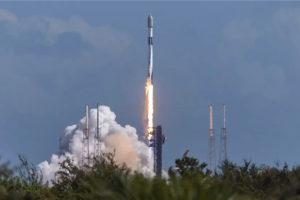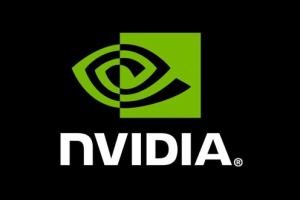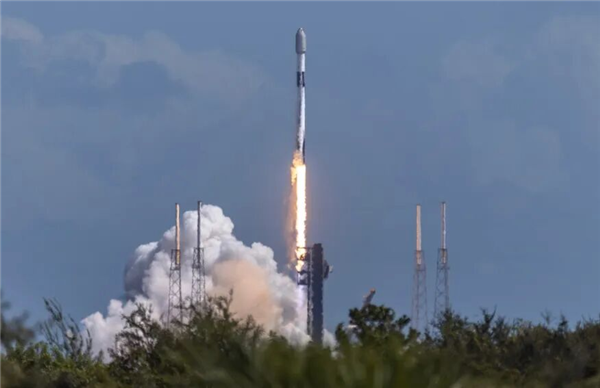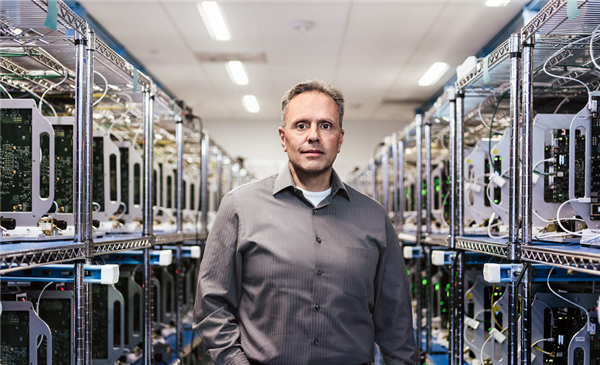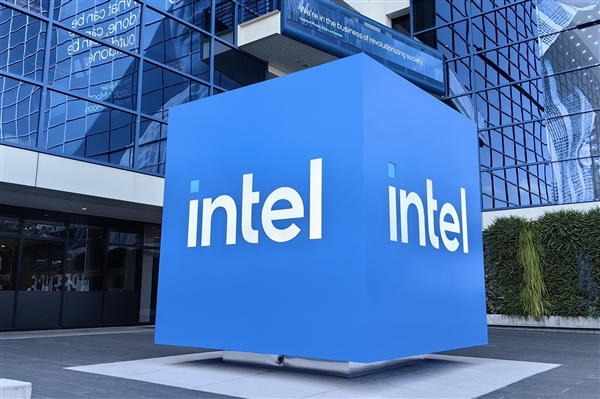September 5, 2025 – According to a recent report from The Financial Times, OpenAI is set to embark on a major collaboration with Broadcom to bring its self-developed AI chips into mass production. This move marks a significant step forward in OpenAI’s ambition to establish greater control over its hardware infrastructure.
Back in October of the previous year, Reuters revealed that OpenAI was working alongside Broadcom and TSMC to create its first-ever custom AI chip. At the same time, the company planned to integrate AMD chips alongside its existing NVIDIA-based setup to meet the soaring demands of its expanding AI infrastructure.

In February of this year, Reuters further reported that OpenAI viewed self-developed chips as a critical bargaining chip in its negotiations with chip suppliers. The initial focus of OpenAI’s in-house chip development is on AI model training, with plans to gradually develop more advanced processors in the future.
This strategic shift is not only aimed at reducing OpenAI’s heavy reliance on NVIDIA—which currently dominates about 80% of the AI chip market and whose GPUs are widely used by companies like OpenAI, Google, and Meta for AI training—but also holds the potential to open up new revenue streams in the AI hardware sector.
However, developing custom chips is no small feat. Major tech giants like Microsoft and Meta have invested years and substantial resources into chip development but have yet to produce chips that fully meet their expectations.
OpenAI’s chip design team, led by Richard Ho, has reportedly at least doubled in size to 40 members since its inception. Richard Ho, who joined OpenAI from Google over a year ago, brings a wealth of industry experience to the table. Despite this growth, OpenAI’s chip team remains relatively small compared to those at Google or Amazon.
Sources familiar with the matter indicate that the cost of a single version of a large-scale chip design project can reach up to $500 million, with expenses potentially doubling when accounting for supporting software and peripheral equipment.



